Some new Apple products have a whiff of “finally” about them. The new MacBook Air, with modern accoutrements such as a Retina display along with an excellent keyboard and a respectable 256GB of storage, for $999? Finally!
The new iPad Pro, however, is the furthest thing possible from a “finally” product. After all, the previous iPad Pro, which shipped in November 2018, is hardly an antique. In fact, it’s so capable that its operating system, iPadOS, is still playing catch-up with the hardware’s potential.
Still, just a little more than 16 months after that machine’s arrival, Apple is back with another new iPad Pro. It’s an incremental upgrade to its meaty predecessor, which trimmed down the tablet’s bezels, souped up its processor, incorporated Face ID and USB-C, and added ultra-clever magnetic inductive charging for a new version of the Pencil stylus. This time around, Apple gave the iPad Pro another performance boost and substantially upgraded its camera system. In a first for an Apple product, it also built in a lidar scanner for augmented reality distance-measuring.
Judged on its existing and new merits, this tablet is a highly evolved delight. But if you already have the 2018 iPad Pro, you would need to be awfully serious about tablet photography and/or AR to find it a compelling upgrade, at prices that start at $799 for the 11″ model and $999 for its 12.9″ big brother.
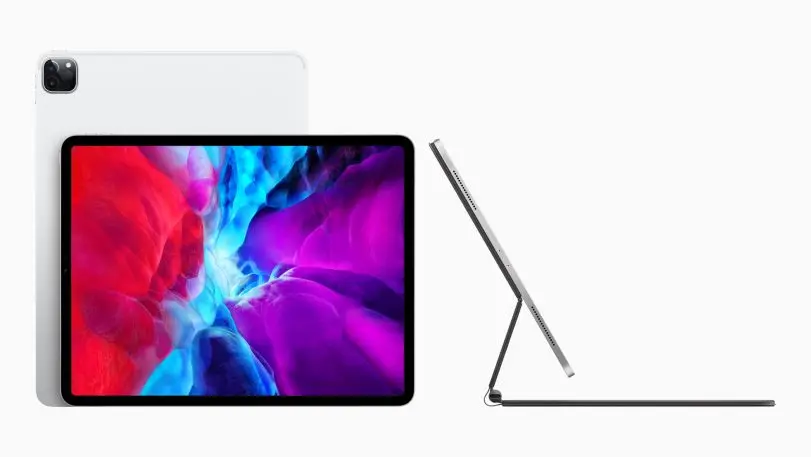
For the past week, I’ve been living with a new 12.9″ iPad Pro provided by Apple. I used it with the $129 Pencil and $199 Smart Keyboard Folio (an existing keyboard case available in a slightly updated version) to perform tasks such as writing this article. I also tried iPadOS’s new cursor support by using Apple’s Magic Trackpad. As someone who’s spent—this is a conservative guesstimate—2,500 hours working on a 2018 iPad Pro, the new one largely felt like the old one. Mostly, I felt like I was priming myself for the era that will begin once the iPad Pro and Magic Keyboard bring the most laptop-like iPad experience yet.
Built for pros
In the early days of the iPad, before Apple started taking the device’s cameras seriously, it was pretty much conventional wisdom that shooting photos and video with a tablet was not only a bad idea but kind of embarrassing. Today, iPad photography may remain a niche activity. In a wholly unscientific Twitter poll, I asked iPad users how much they used the rear camera: Only 3% reported doing so “frequently.” Thirteen percent said they used it “sometimes” and a whopping 80% said “never or almost never.”
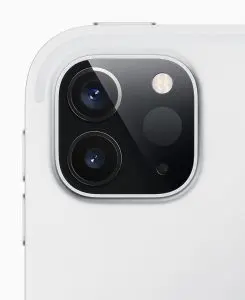
But even Apple isn’t positioning the tablet as a snapshot taker. Instead, it sees a market for the iPad Pro among filmmakers, YouTubers, and other creatives for whom the tablet can be an all-in-one studio in a way that even a powerful MacBook Pro is not. With that in mind, it added an ultra-wide camera (complementing the existing wide-angle one) and 4K video shooting, matching features available with the iPhone 11. It also upgraded the tablet’s five microphones to “studio quality” units designed to pick up sound better in tricky situations, which will benefit even not-so-pro experiences such as FaceTime calls and Zoom conferences.
Along with these audio/visual upgrades, the new iPad Pro sports Apple’s new eight-core A12Z Bionic processor. It’s not a dramatic advance on the old model’s A12X. When I ran the GeekBench 5 benchmark on the previous and new tablets, the CPU scores were a wash: around 1,100 in both cases. In the compute (GPU) tests, the new iPad Pro got a score of about 10,000, 16% faster than the earlier model’s score of 8600.
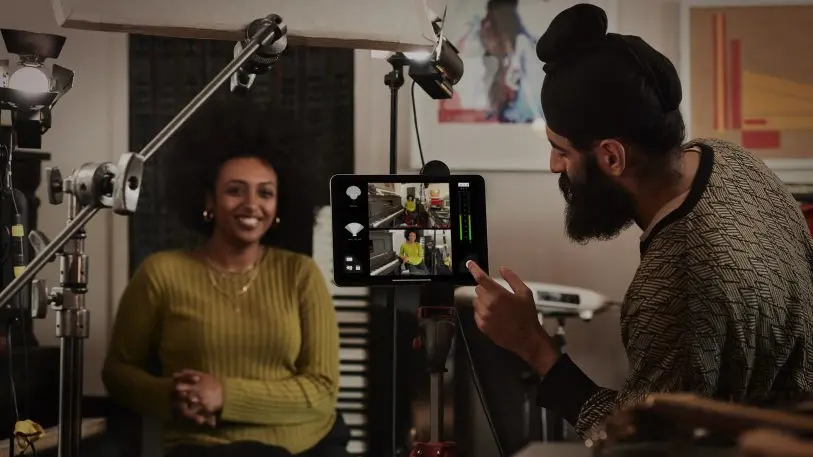
The new iPad Pro’s hardware feels like it has sprinted ahead of most available software.
It’ll be nicer still when more pro-level iPad creativity apps arrive to harness all the tablet’s computational horsepower. That’s happening, but slowly; like the 2018 iPad Pro, the new one feels like its hardware has sprinted ahead of most available software.
All in on AR
Apple calls the new iPad Pro “the world’s best device for augmented reality.” That claim surprised me until I looked back and saw that it said the same thing about the previous iPad Pro. It’s just that last time around, there was so much new stuff that the AR aspect wasn’t paramount.
Is the relatively hefty iPad Pro indeed the ideal gadget for consuming AR? Definitely not if you’re gallivanting around capturing Pokémon (a pastime that is best to postpone at the moment in any event). But many AR scenarios are closer to home, such as measuring stuff, positioning virtual furniture in real-world spaces, and playing games that don’t involve much roaming. In these cases, the tablet’s large screen makes for a more immersive experience than peering at the hybrid real/digital world through a phone screen.
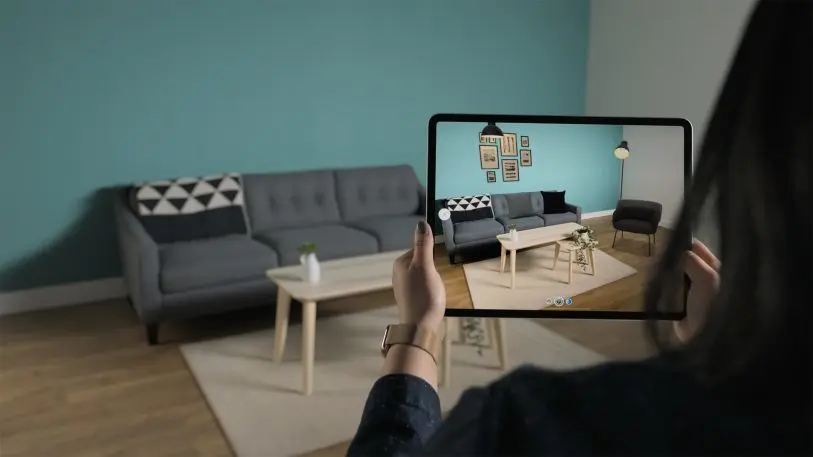
As of now, with existing apps written using Apple’s ARKit framework, lidar’s impact is noticeable but not transformative. With the old iPad Pro (or an iPhone), orienting AR apps involves an inelegant process of waving the tablet around while it displays messages coaching you to continue your jostling until it’s identified flat surfaces. Thanks to lidar, the new iPad Pro dispenses with this rigmarole and is ready to go almost instantly. This speedup certainly enhances apps such as Apple’s Measure (a virtual tape measure) and iScape (a landscaping app that lets you plant digital foliage in your yard).
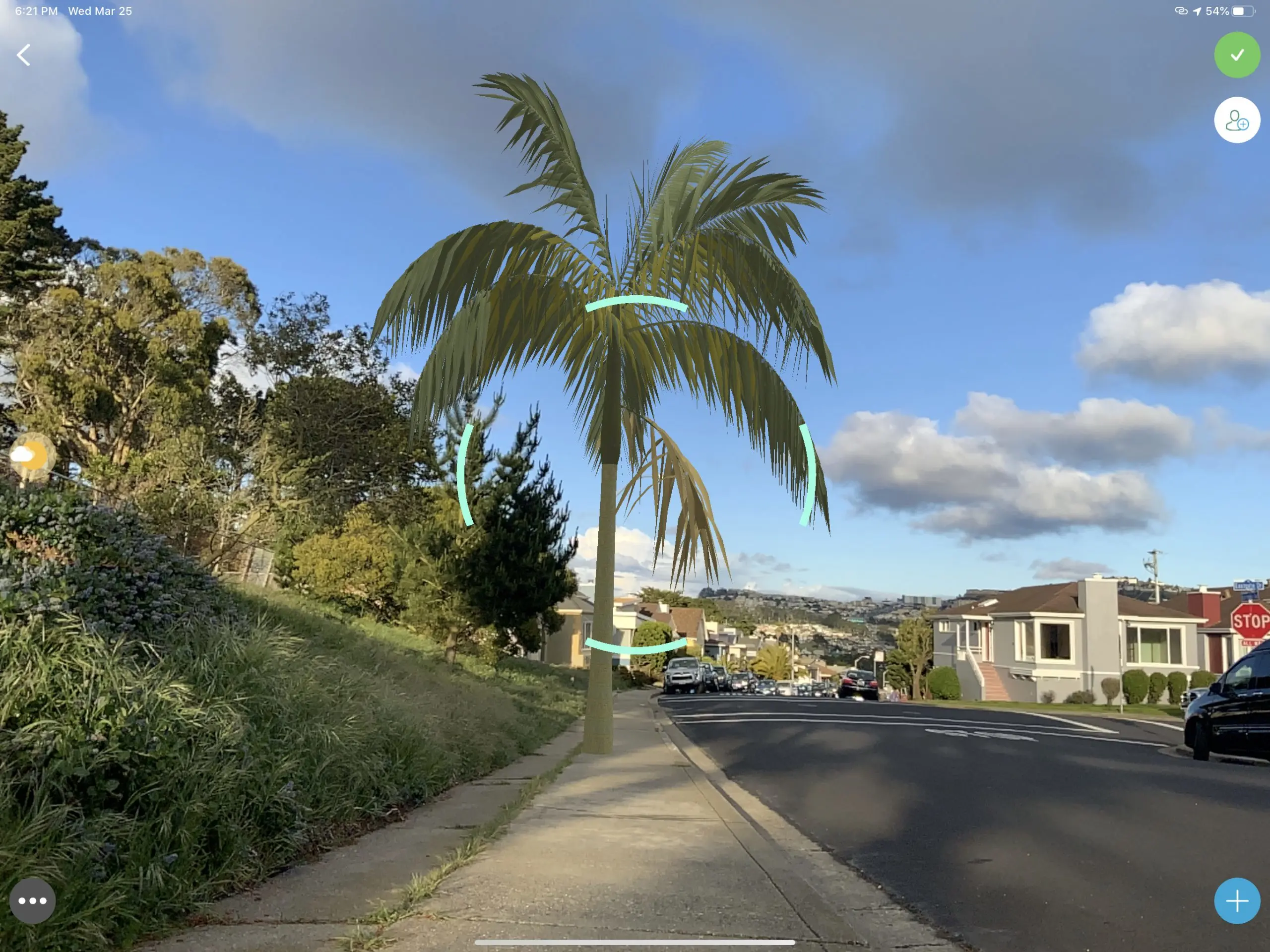
But the real reason to be excited about lidar is its potential to unleash new features in apps that are written specifically to take advantage of it. Apple has been teasing several such products as part of its iPad Pro rollout. A new version of Ikea Place, for example, will scan your room, identify the furnishings you’ve already got, and suggest new items to complement them. And a game called Hot Lava will plop down virtual patches of lava for you to jump over, positioning them with more sophistication than existing AR apps, which tend to mostly detect the most obvious surfaces such as tabletops and floors.
What AR needs most of all are killer apps that teeming masses of people want to use. The app industry is still struggling to come up with them, which is why the four-year-old Pokémon Go remains the category’s go-to example. Lidar may provide some of the necessary inspiration. Ultimately, I’m more excited about the technology in phone form than on a tablet: The 1.4-lb. 12.9″ iPad quickly got tiresome when I held it up for extended AR sessions. (The 1-lb. 11″ model would be less of a handful.)
Here comes the cursor
Full disclosure: After using various iPads as primary computing devices for more than eight years, I’ve never craved mouse or trackpad input. When I reviewed the original iPad Pro in 2015, I even helpfully pointed out that “THE LACK OF A MOUSE IS THE WHOLE POINT!!!” (yes, in bold caps with three exclamation points). I remain grateful that Apple devoted its intellectual capital to building a touch-first platform rather than trying to split the difference with the PC, as Microsoft’s Surface has always done, to uneven effect.
But . . .
Having spent a little time with the iPad Pro and Apple’s Magic Trackpad, I’m sold on the new cursor support. It’s available for all iPads in the latest iPadOS update, but leaves me even more impatient for the iPad Pro’s trackpad-equipped Magic Keyboard to show up in May.
https://www.youtube.com/watch?v=09_QxCcBEyU
Rather than grafting the Mac’s venerable pointy cursor onto the iPad interface, Apple rethought what mouse-style input should be like in a mostly touch environment. The cursor is a circle—evoking a fingertip—that morphs with balletic grace as you slide it over elements such as buttons. It’s one of the most polished pieces of software functionality that Apple or anyone else has introduced lately, and the first major payoff of Apple’s decision last year to rebrand the iPad’s version of iOS as iPadOS.
Using the Magic Trackpad—a jumbo-size external Bluetooth model—I selected jumbo blocks of text, used two fingers to scroll through documents, and right-clicked to reach heretofore inaccessible menus in web apps. Everything just worked. (Well, 99% of everything—the Todoist app didn’t always register clicks on its checkboxes; an update is in development.) Developers that want to shape-shift the cursor in ways tailored to their apps will be able to do so through software updates. That customization seems like it will be particularly important for productivity apps; Apple itself plans to release new versions of its Pages, Numbers, and Keynote soon.
Historically, Apple has often been at its best when it’s ignored pleas for new features until it’s felt like it has something that’s fully baked. One classic example: cut and paste, which didn’t come to the iPhone until two years after the smartphone’s 2007 release. In the case of mouse-cursor support, Apple is delivering something that people began asking for close to a decade ago, when the iPad was new. But we’re getting the kind of carefully considered support the platform deserves. And it’s here for every iPad that can run iPadOS 13, not just the new iPad Pro.
Can I say it?
Finally!
Recognize your brand’s excellence by applying to this year’s Brands That Matter Awards before the early-rate deadline, May 3.